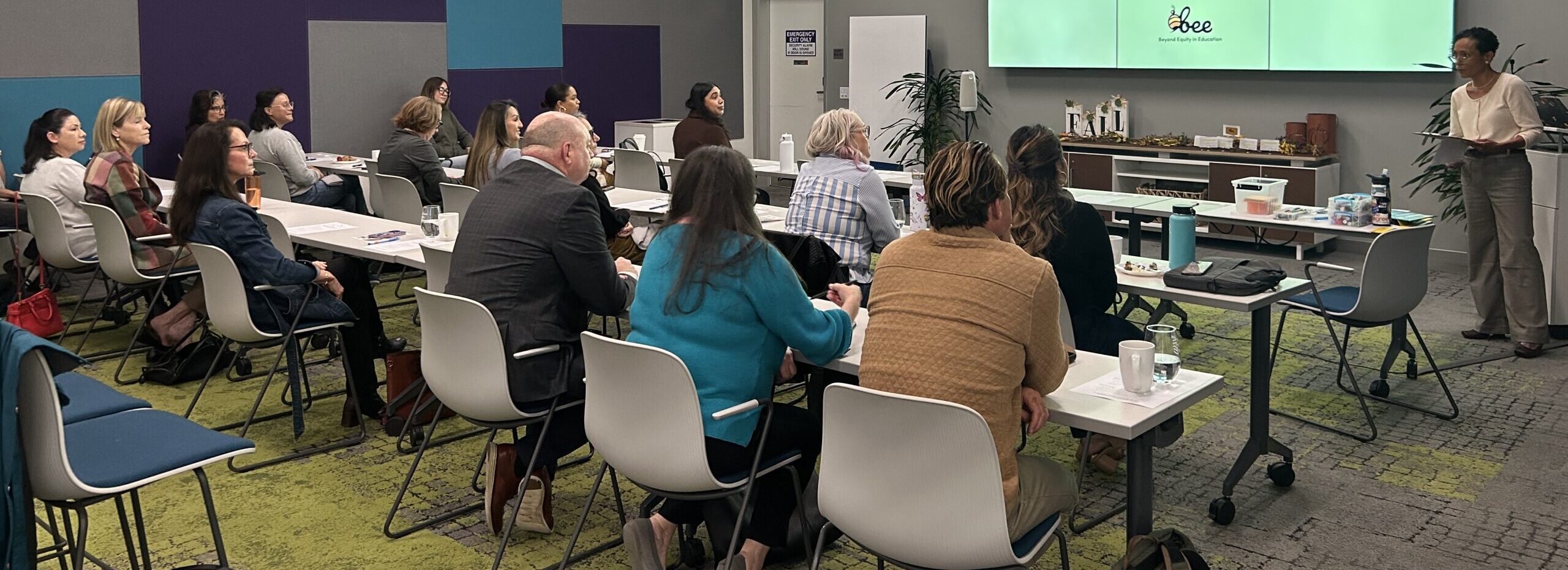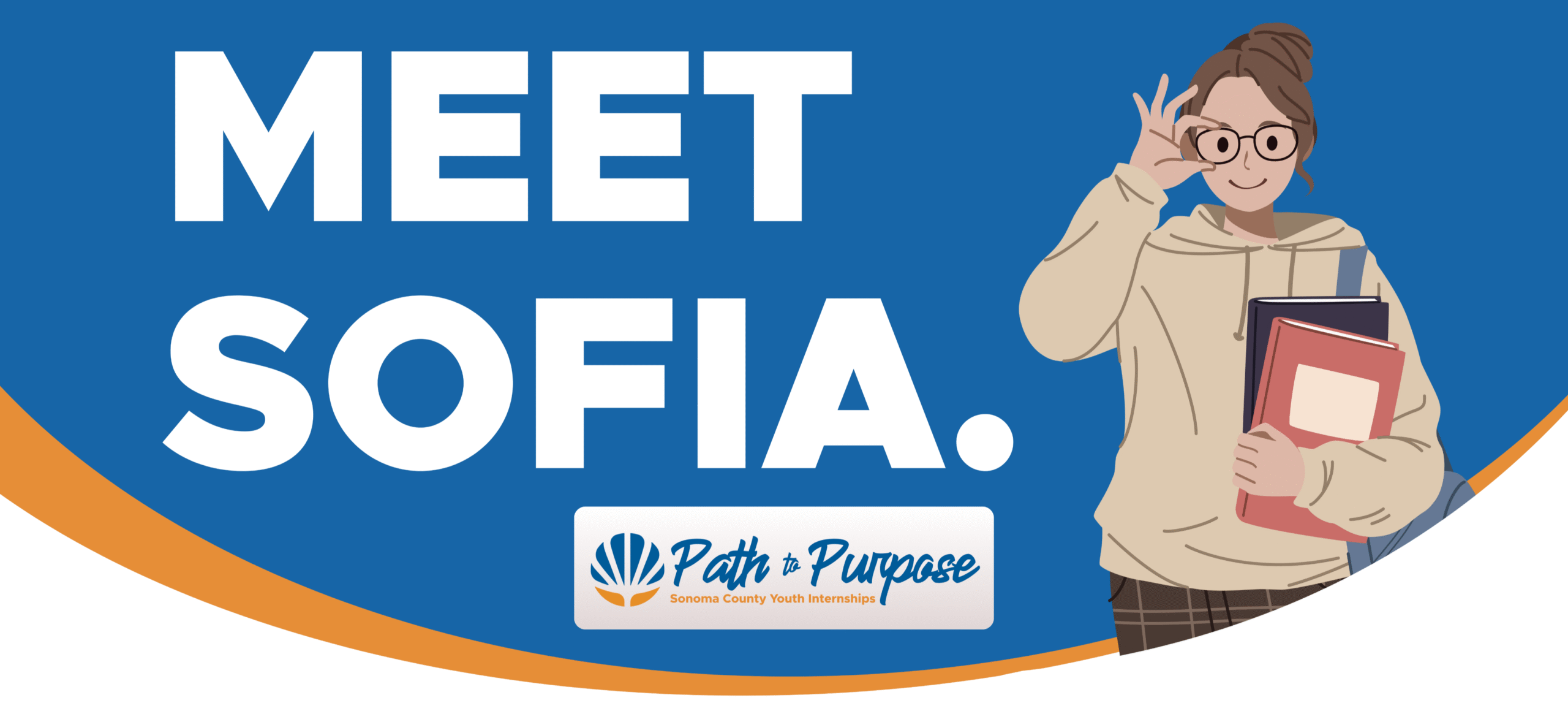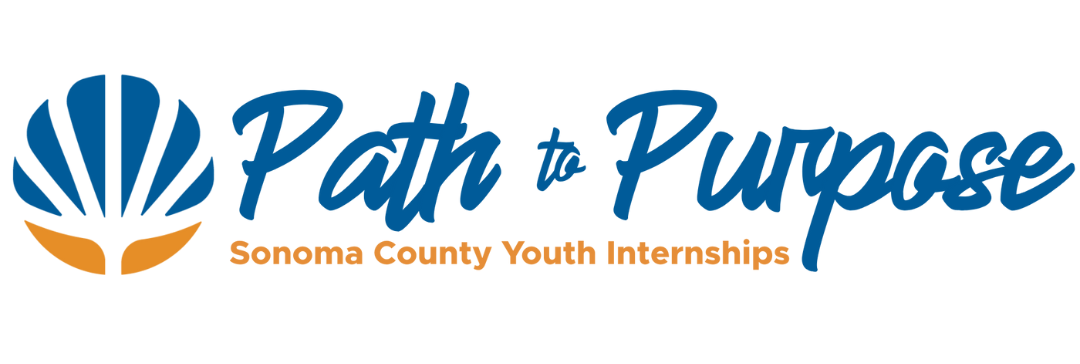[et_pb_section admin_label=”section”][et_pb_row admin_label=”row” make_fullwidth=”on” use_custom_width=”off” width_unit=”on” use_custom_gutter=”off” padding_mobile=”off” allow_player_pause=”off” parallax=”off” parallax_method=”off” make_equal=”off” parallax_1=”off” parallax_method_1=”off” column_padding_mobile=”on”][et_pb_column type=”1_2″][et_pb_image admin_label=”Educating Students for the Real World Through Work Based Learning – Image” src=”http://webistree-wp.com/cte/files/2016/10/20161129_143251-e1481162288177.jpg” alt=”Educating Students for the Real World Through Work Based Learning” title_text=”Educating Students for the Real World Through Work Based Learning” show_in_lightbox=”off” url_new_window=”off” use_overlay=”off” animation=”left” sticky=”on” align=”center” force_fullwidth=”off” always_center_on_mobile=”on” use_border_color=”off” border_color=”#ffffff” border_style=”solid”] [/et_pb_image][et_pb_text admin_label=”Educating Students for the Real World Through Work Based Learning” background_layout=”light” text_orientation=”left” use_border_color=”off” border_color=”#ffffff” border_style=”solid”]
NBBJ Publishes Our Thoughts on Work Based Learning
A New Model for Sonoma County
The North Bay Business Journal (NBBJ) this week published our guest article! Co-written by Kathy Goodacre, CTE Foundation Executive Director, and CTE Foundation Board Liaison Stephen Jackson from SCOE, the piece presents basic principles of Sonoma County’s work-based learning initiative and the many benefits it generates for students, local industry and the community.
Success in school over past decades has been measured by standardized test scores and college entry statistics, mostly ignoring the more intangible measure of how prepared a student is to navigate the challenges of work and life upon graduation from high school or college. The ability to regurgitate memorized knowledge is certainly easier to quantify than one’s ability to
[/et_pb_text][/et_pb_column][et_pb_column type=”1_2″][et_pb_text admin_label=”Text” background_layout=”light” text_orientation=”left” use_border_color=”off” border_color=”#ffffff” border_style=”solid”]
apply critical thinking and creativity to solve a real-world challenge. But our attempt to assess educational success by multiple choice test scores has led to a slew of graduates that can recite a solution to a math problem while having no idea how to generate it or to which issues to employ its use. Nor do they have any understanding for why their academic courses matter in the real world.
Hiring and training managers in a variety of industries repeatedly lament the ill-prepared nature of today’s entry-level job candidates. Our newest members of the workforce lack basic skills in communication, project and time management, problem-solving, and self-direction, among others.
Work-based learning is currently being employed in Sonoma County schools as a strategy to better prepare students for college and career and as an instructional tool in the classroom. This approach integrates career exploration, technical and soft skills training, and hands-on industry-related project work with traditional academics, ultimately creating a deeper learning experience that is highly relevant to life after school. It ensures that students are exposed to potential careers at a young age, starting in grade school, and provides a spectrum of opportunities to observe and apply classroom learning via job shadowing, internships, and industry-mentored project work.
Read the article in its entirety here.
[/et_pb_text][/et_pb_column][/et_pb_row][et_pb_row admin_label=”Row”][et_pb_column type=”4_4″][et_pb_divider admin_label=”Divider” color=”#ee9560″ show_divider=”on” divider_style=”solid” divider_position=”top” hide_on_mobile=”on”] [/et_pb_divider][/et_pb_column][/et_pb_row][/et_pb_section]








